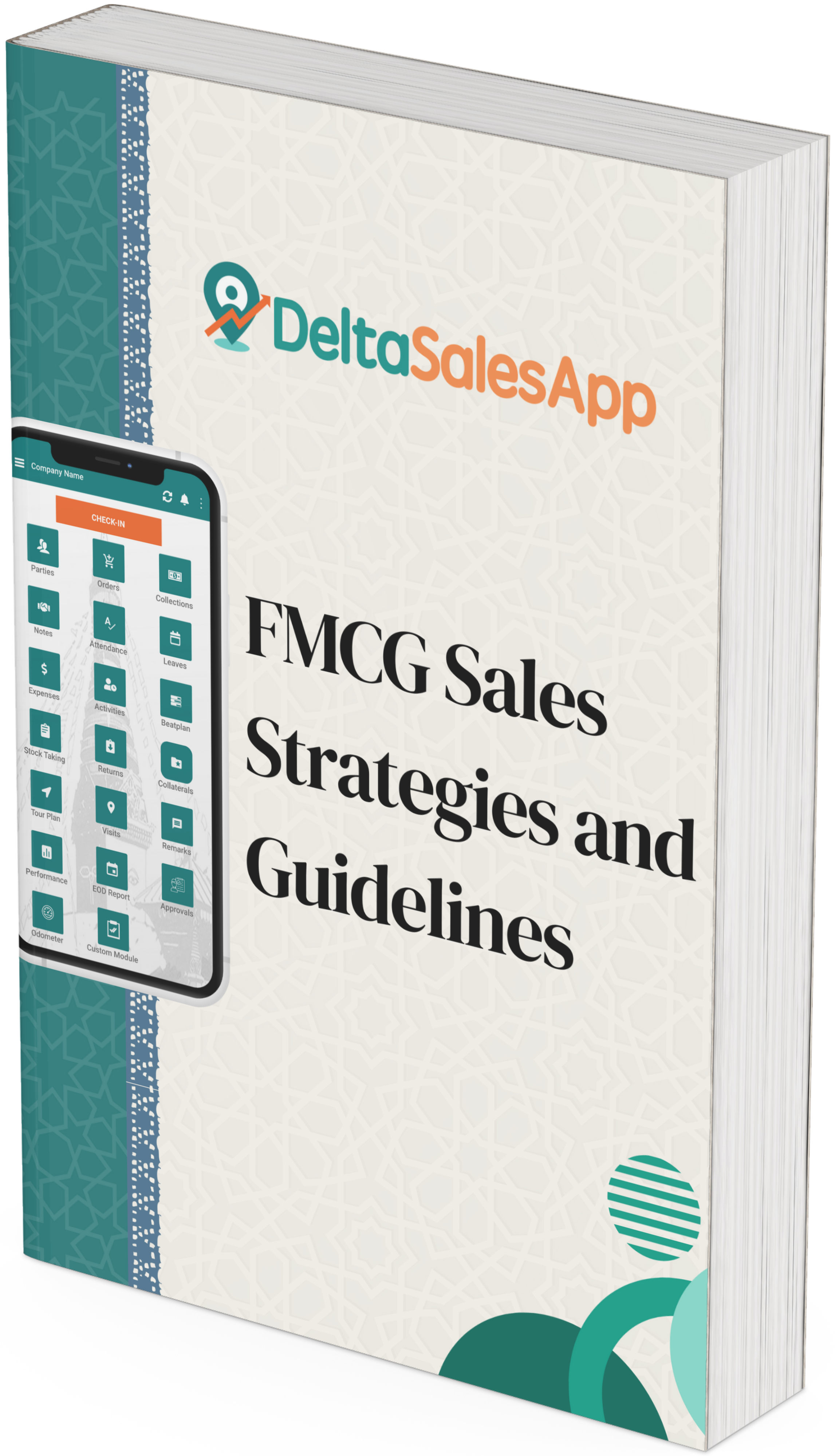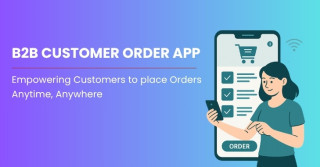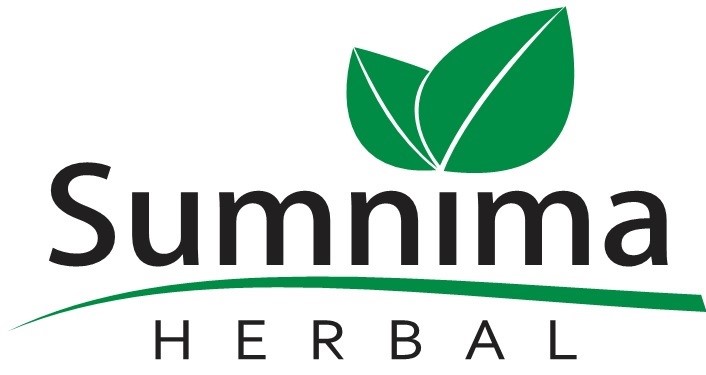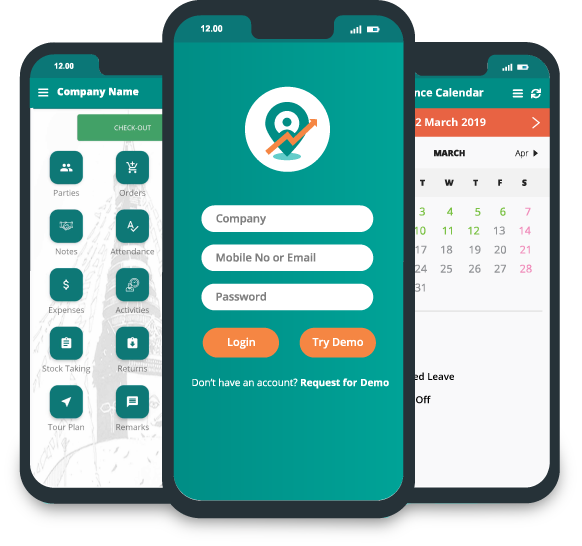Direct-to-Retail vs Traditional Distributor Models: What’s Right for Your FMCG Brand?
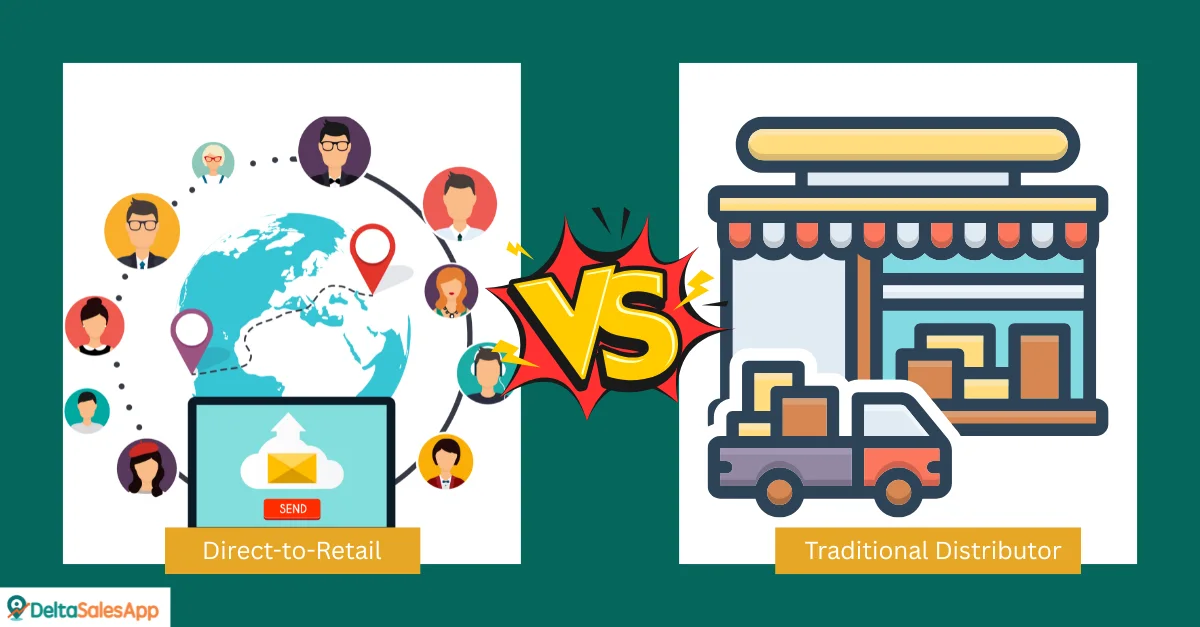
In today’s competitive fast-moving consumer goods (FMCG) landscape, the route to market can make or break your success. One of the most crucial decisions for brand managers, sales leaders, and supply chain heads is choosing between the Direct-to-Retail vs Traditional Distributor Models. Both offer unique benefits and trade-offs, and selecting the right one requires a deep understanding of your brand’s goals, capabilities, and target market.
In this blog, we’ll explore the key differences, benefits, challenges, and decision-making frameworks for choosing between these two supply chain models for FMCG brands.
🔍 What Are Direct-to-Retail and Traditional Distributor Models?
The Direct-to-Retail model is a supply chain strategy where FMCG brands bypass intermediaries and supply their products directly to retail chains, supermarkets, or independent stores. In contrast, the Traditional Distributor Model relies on third-party distributors to manage logistics, warehousing, and deliveries to retailers on behalf of the manufacturer.
Each model has a profound impact on sales control, brand visibility, cost structure, and operational complexity.
✅ Benefits of the Direct-to-Retail Model
1. Greater Control Over Shelf Presence
When brands choose the Direct-to-Retail model, they gain more control over product placement, promotion, and retailer relationships. FMCG companies can negotiate directly with retailers, tailor marketing campaigns, and ensure timely stock replenishment.
2. Better Margins and Cost Visibility
Without distributors eating into profits, brands often see better unit economics. While logistics costs may be higher, the Direct-to-Retail model offers clearer visibility into margins and pricing strategies.
3. Faster Market Feedback
Dealing directly with retailers allows brands to gather real-time data on consumer preferences, stock rotation, and point-of-sale performance—an advantage that the Traditional Distributor model struggles to deliver.
📦 Advantages of the Traditional Distributor Model
1. Wide Reach with Lower Operational Burden
The Traditional Distributor Model is ideal for brands aiming for rapid geographical expansion. Distributors already have networks in place and can scale product access without the brand needing to build logistics infrastructure.
2. Inventory Buffering
Distributors absorb stock risk and act as inventory buffers, ensuring continuity in the supply chain even when demand fluctuates or production hits a snag.
3. Local Market Expertise
Distributors often understand local retail dynamics, payment cycles, and market nuances better than centralized sales teams. Their local insights can help brands penetrate fragmented markets more effectively.
⚖️ Comparing Direct-to-Retail vs Traditional Distributor Models
Let’s break it down across key parameters:
Parameter | Direct-to-Retail | Traditional Distributor |
Cost Control | High | Medium |
Market Reach | Moderate | High |
Speed to Market | Faster in organized retail | Faster in fragmented retail |
Brand Control | High | Low to Medium |
Operational Complexity | High | Low |
Cash Flow Impact | Slower, due to credit terms with retailers | Faster, due to bulk orders from distributors |
🚚 When Is the Traditional Distributor Model Better?
- Your goal is rapid expansion in general trade or rural markets.
- You have limited internal logistics or warehousing capabilities.
- You want to reduce operational risks and inventory management headaches.
- Your products are fast-moving, low-margin SKUs that benefit from volume sales.
In developing markets, the Traditional Distributor Model remains a popular and practical route for building retail penetration and brand awareness at scale.
🛒 When Should You Choose the Direct-to-Retail Model?
You have strong relationships with modern trade retailers or supermarkets.
You can manage your own supply chain or work with third-party logistics providers.
You aim for tighter brand control and long-term profitability.
Your product requires special handling or education at the point of sale.
Many emerging FMCG brands, especially in health, wellness, and premium food segments, are now leaning toward Direct-to-Retail models for better storytelling and differentiated brand positioning.
🔄 Hybrid Models: Combining the Best of Both Worlds
Some FMCG brands are exploring hybrid approaches—leveraging Direct-to-Retail models for large-format stores while using Traditional Distributor models for general trade.
This hybrid structure enables strategic flexibility:
- Maintain brand presence in modern retail and e-commerce
- Expand into underserved markets through distribution networks
- Manage pricing dynamics across channels
🤔 Final Thoughts: Which Model Is Right for Your Brand?
There’s no one-size-fits-all answer. Choosing between Direct-to-Retail vs Traditional Distributor Models comes down to:
- Your growth stage
- Retail channel focus
- Internal capabilities
- Brand positioning
For startups and D2C-first FMCG brands, going Direct-to-Retail could offer greater differentiation. For legacy brands and those targeting mass-market penetration, the Traditional Distributor Model offers scalability and efficiency.
Whichever path you choose, the key is to continuously evaluate performance, build strong retail relationships, and stay agile in the face of changing market conditions.
❓ FAQs
Q1: Is the Direct-to-Retail model suitable for new FMCG brands?
Yes, if you have niche products, limited SKUs, and access to organized retail chains, Direct-to-Retail can offer better margins and control.
Q2: Can FMCG companies switch from traditional distribution to direct retailing?
Yes, but it requires investment in logistics, field sales, and retailer engagement. Many brands begin with distributors and later build direct channels.
Q3: What risks are associated with the Traditional Distributor Model?
Reduced brand control, limited data access, and potential distributor conflict are common risks.
Q4: Are hybrid models expensive to manage?
They can be if not optimized well. However, digital tools like route planning software and ERP integrations can streamline operations across models.
Explore More
👉 Sales Diary vs Traditional Sales Logs What’s Best for Field Teams
👉 How Direct Store Delivery Software Can Boost Your Retail Efficiency
See What Users Say About Us!
Start your digital transformation with Delta Sales App.
